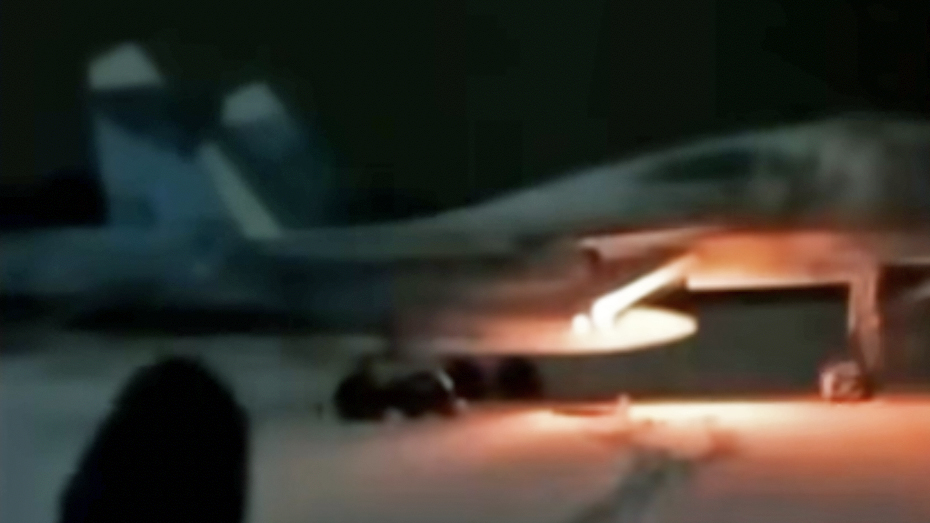While Russia’s tactical aircraft fleet has notably been targeted by Ukrainian forces in recent weeks, leading to a string of claimed losses, the latest such action is perhaps the most brazen yet.
A Su-34 Fullback fighter-bomber was apparently set on fire last night by a Ukrainian special forces raid, as it sat at its airbase, deep inside Russia. The incident once again demonstrates how Russian aircraft are not only at risk when they’re in the air, and from drone and missile attacks at their bases, but also from saboteurs who can seemingly infiltrate these installations.

A video released by the Ukrainian Ministry of Defense’s Main Directorate of Intelligence — GUR, the government’s military intelligence service — shows what’s claimed to be the raid taking place. A Su-34, partly covered by snow, is seen in the darkness of a snowbound apron, initially with a small fire visible below its fuselage.
Exactly how the fire has been set is unclear, but it seems to have been started below the starboard engine intake and close to the massive external fuel tank under the belly. The individual filming the video steps back, as the fire expands, lighting up the inside of the engine intake. Throughout, the same individual raises three fingers in front of the camera, in a “devil’s horns” gesture — or perhaps a reference to the trident, the national symbol of Ukraine.
It’s unclear what kind of damage was inflicted on the Su-34, but, depending on what happened next, it’s entirely possible that the aircraft was burnt out, as some reports in the Ukrainian media suggest.
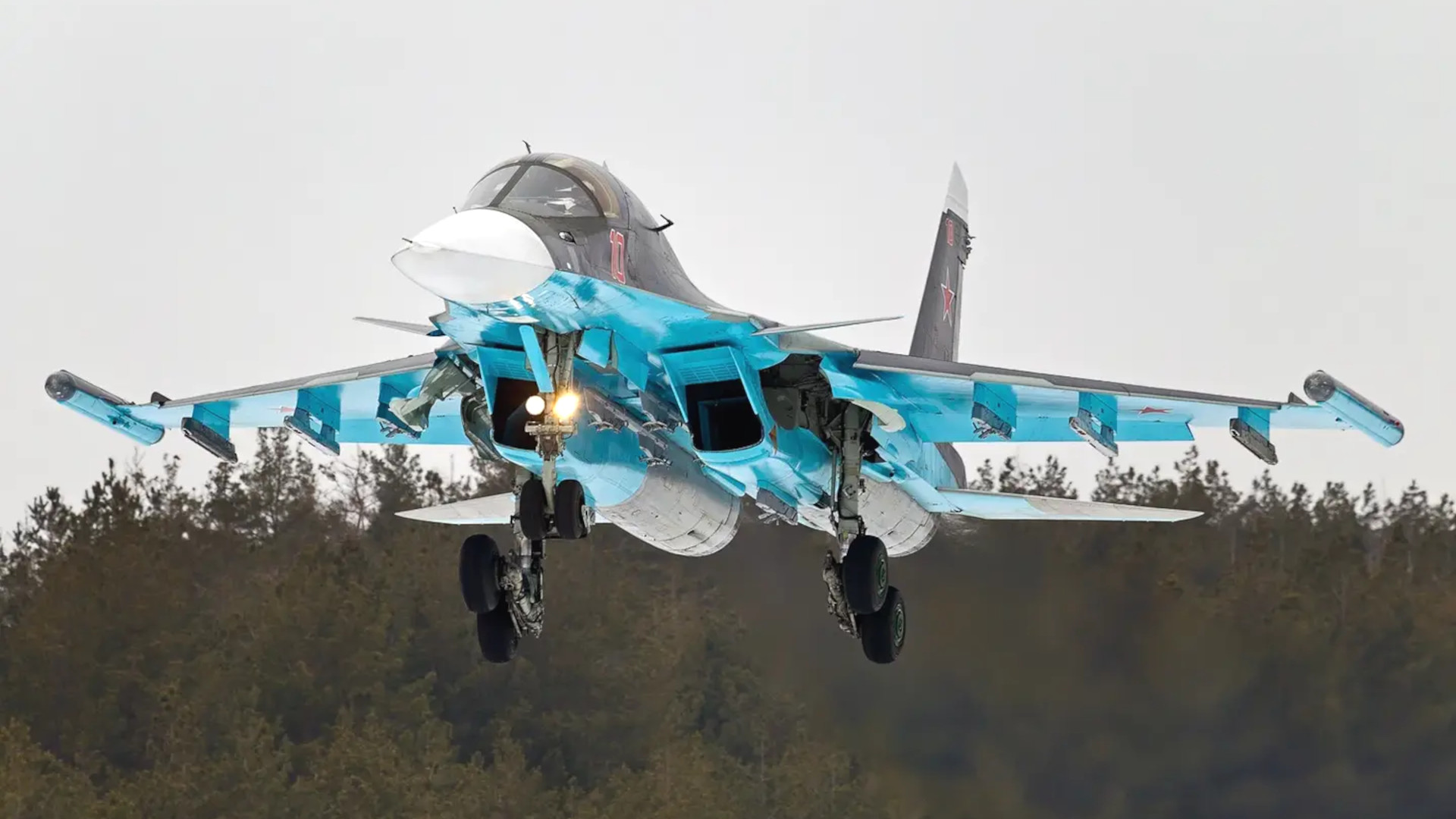
In its published account, the GUR provides the ironic statement: “The reasons for the plane catching fire are being clarified.”
Kyrylo Budanov, the chief of the GUR, confirmed to The War Zone that agents of the organization operating in Russia were responsible for conducting the attack.
So far, there has been no comment from the Russian Ministry of Defense.
The location of the raid is given as the airbase of Shagol in the Chelyabinsk region. This base is the home of the 2nd Composite Aviation Regiment (2 SAP, in its Russian abbreviation), which began to operate the Su-34 in 2017. The regiment also operates a squadron of Su-24MR Fencer-E reconnaissance aircraft.
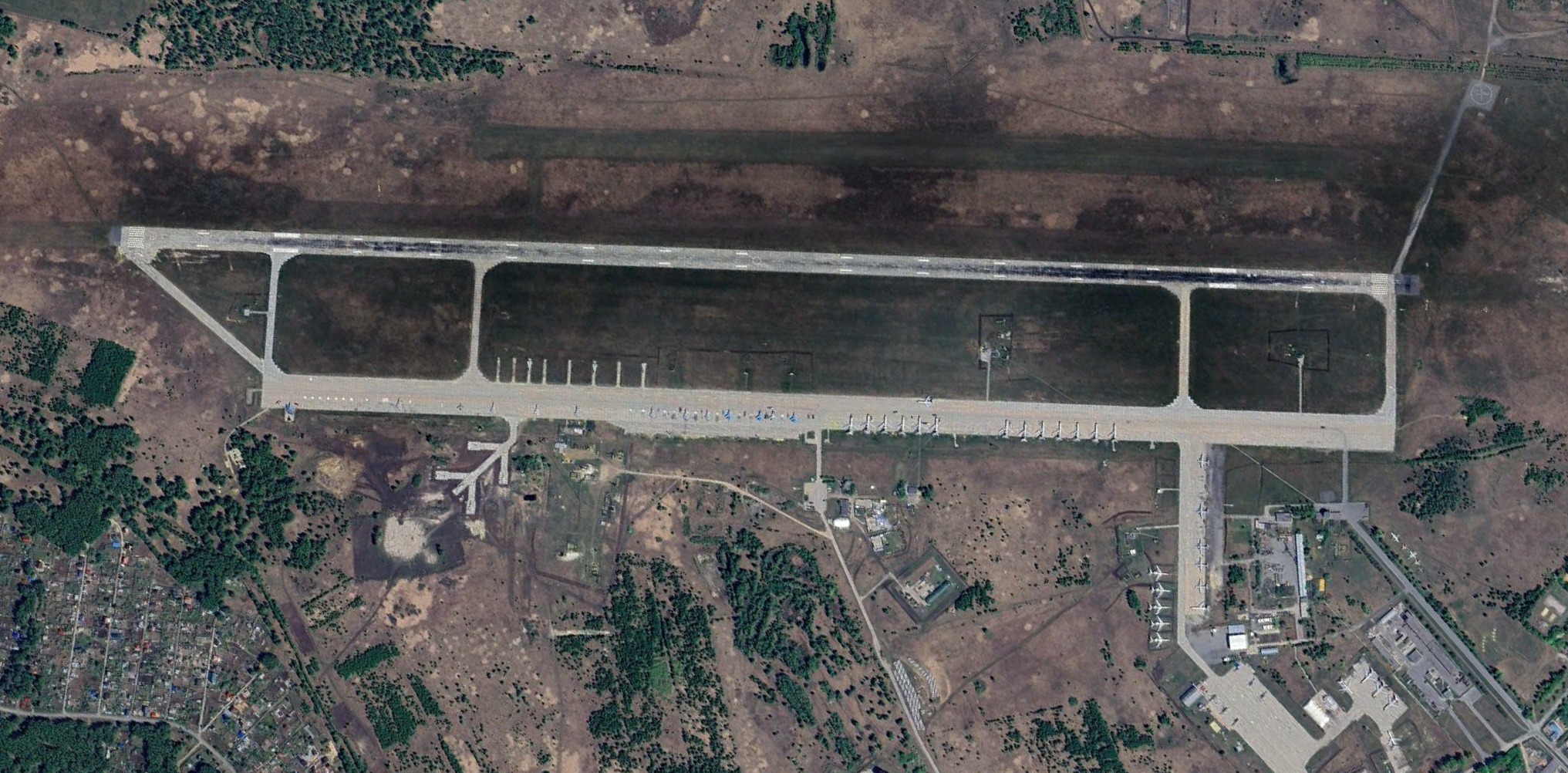
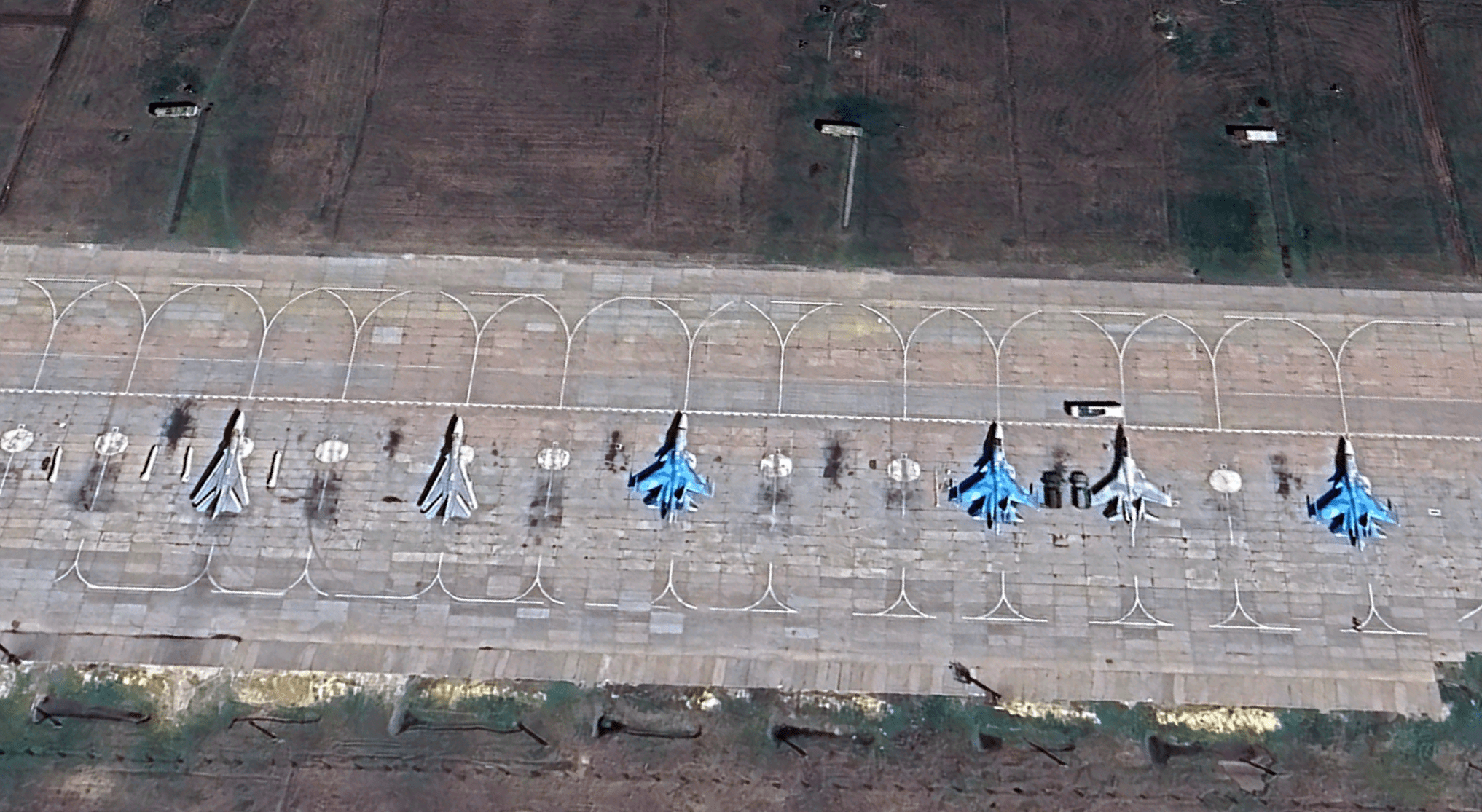
Not surprisingly, no details have been released about the sabotage operation. It’s unclear how many individuals were involved. Multiple sets of tracks in the snow leading to and from the Su-34 could have been made by the same individual in the video, or by other individuals, but may also have been made earlier by the Russian ground crew.
Regardless, this appears to have been a bold raid, especially considering that the airbase of Shagol is located almost 1,000 miles from the nearest Ukrainian border. On the other hand, it’s possible that Russian personnel rather than Ukrainian took part, having been recruited by the GRU. Still, the inherent risk of inserting a team, as well as their necessary equipment, within the airbase perimeter, and getting close enough to a Su-34 to set fire to it is considerable. Then, presumably, they needed to escape unscathed.
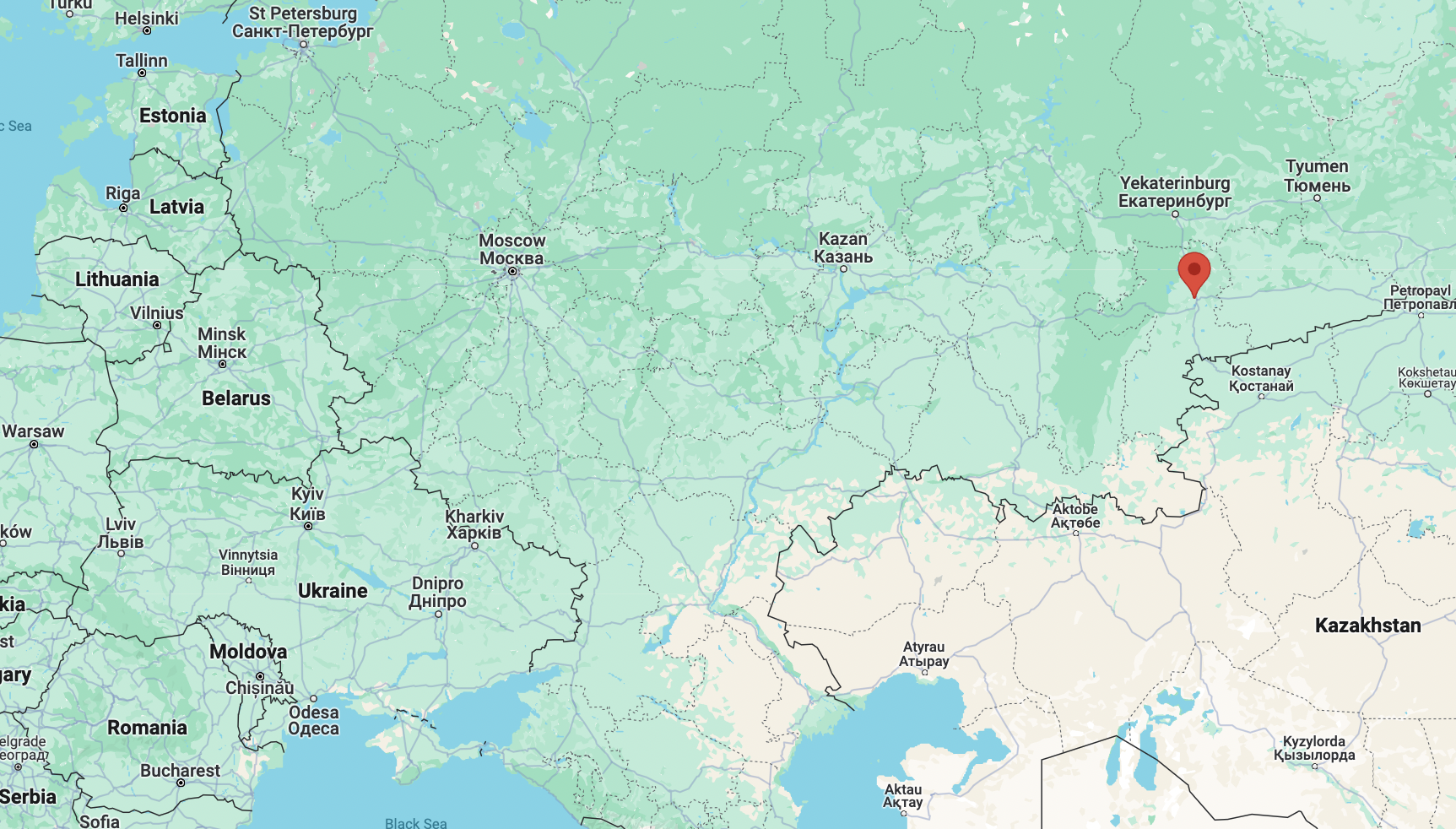
This is not the first time, however, that there have been Ukrainian or Ukrainian-linked sabotage raids made on airbases deep within Russia.
In November 2022, The War Zone reported on an apparent sabotage attack against Ostrov airbase in the Pskov region, in the far west of the country. Explosives placed on attack helicopters there destroyed two Ka-52s and one Mi-28N, according to the Ukrainian GRU. This base was roughly 400 miles from the Ukrainian border.
Then, in September 2023, there were reports that one of Russia’s most important airbases, Chkalovsky, located less than 20 miles from Moscow, had been struck by saboteurs. According to the Ukrainian military intelligence service, two fixed-wing aircraft and a helicopter were “blown up” by explosive charges placed on them.
Aside from raids on airbases, we already know that the GUR as well as other special operations elements of the Ukrainian security services have been conducting raids behind Russian borders since the start of the full-scale invasion. Recent high-profile examples have included attacks on targets in Crimea in Crimea, as well as raids on Russian-held offshore platforms in the Black Sea.
Interestingly, in response to the Ostrov sabotage raid, the pro-Russian Fighterbomber Telegram channel, which regularly brings news of Russian military aircraft activities over Ukraine, noted that “The appearance of this video was only a matter of time and personally, I was not surprised at all.” The same source also pointed to an alleged poor level of defensive preparedness at the base and around Russian military infrastructure more generally.
Lax security around Russian airbases isn’t a new revelation. Now, Russia is facing an obvious threat from special forces teams and other saboteurs operating deep within its own territory, but with military and security resources being poured into Ukraine, these vulnerabilities have not been effectively addressed. Personnel shortages have severely impacted Russia’s protective posture in some areas.
Somewhat murkier are the potential sabotage raids launched against Russian airbases in occupied Crimea. Here, possibilities for infiltration are greater, as well as the options for working with pro-Ukrainian individuals or cells on the peninsula.
It’s worth noting, too, that there has been at least one incident involving Russian saboteurs targeting aircraft on their home bases.
In May 2023, Russian guerrillas claimed responsibility for setting fire to a Su-24M aircraft at an aviation plant in Novosibirsk, in the south of Siberia. They said that the action was undertaken to demonstrate that “this war must be ended.” In that case, however, the aircraft was at a non-military facility, and was reportedly also non-airworthy, two factors that very likely facilitated easier access.

In contrast, an attack on what appears to be an operational Su-34, assigned to a frontline unit, on an active Russian military airbase should be a cause for alarm for the Russian military authorities.
Already, Ukraine has employed ballistic missiles, long-range drones, short-range drones, and repurposed jet-powered reconnaissance drones against Russian aircraft parked on their bases. The vulnerability of these Russian aircraft — which are rarely provided with hardened aircraft shelters — has led to some ad-hoc defensive measures, of questionable value.
In the wake of a Ukrainian drone attack on Kresty base in the Pskov region, which destroyed two Il-76 Candid heavy cargo jets and damaged two others, a “citizen’s squad” was assembled to protect the base and other military installations in the area. That drone attack was also carried out from inside Russia. With military personnel at a premium right now, similar civilian patrols could be one option to boost security around airbases more generally, but this would be a major undertaking in itself in terms of manpower and materiel.
While there have been apparent GUR sabotage raids on Russian airbases before, there is no question that targeting a Su-34 — one of the most important tactical aircraft in the Russian campaign — has both a significant military value and deals a major propaganda blow to Russia.
This is especially important bearing in mind the long-standing desire on the part of Ukraine to ‘bring the war home’ to Russia, as well as to offer an alternative means of fighting back as the situation along the front lines continues to stagnate.
The War Zone senior staff writer Howard Altman contributed to this report.
Contact the author: thomas@thedrive.com
